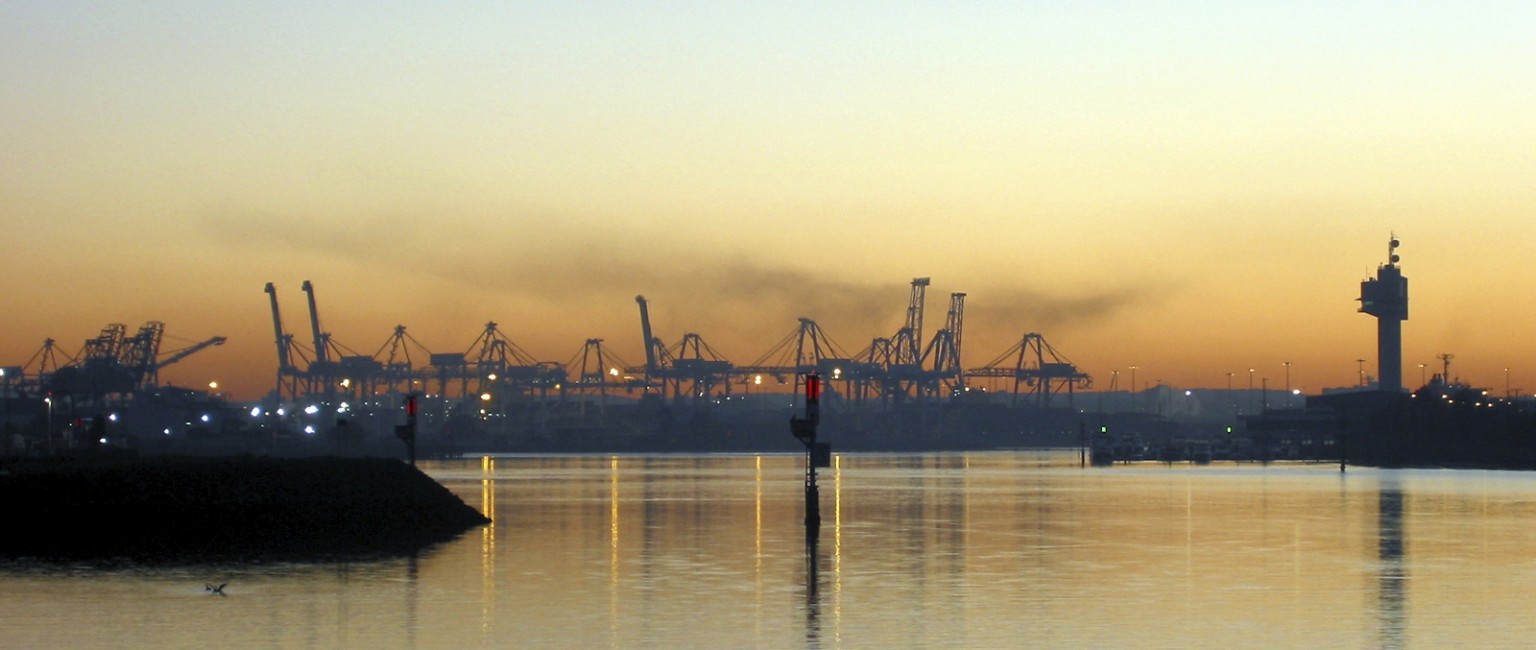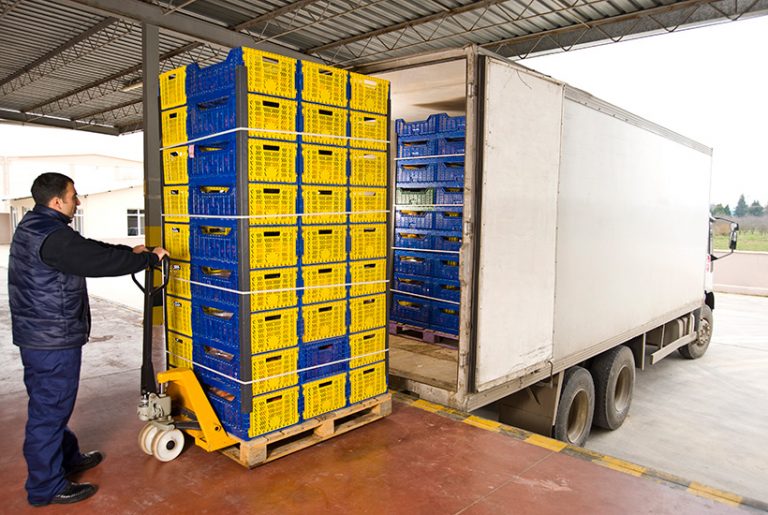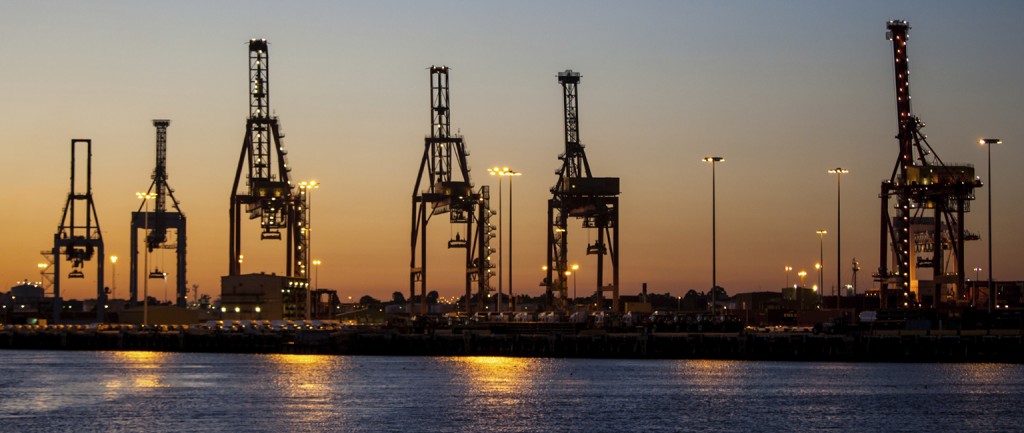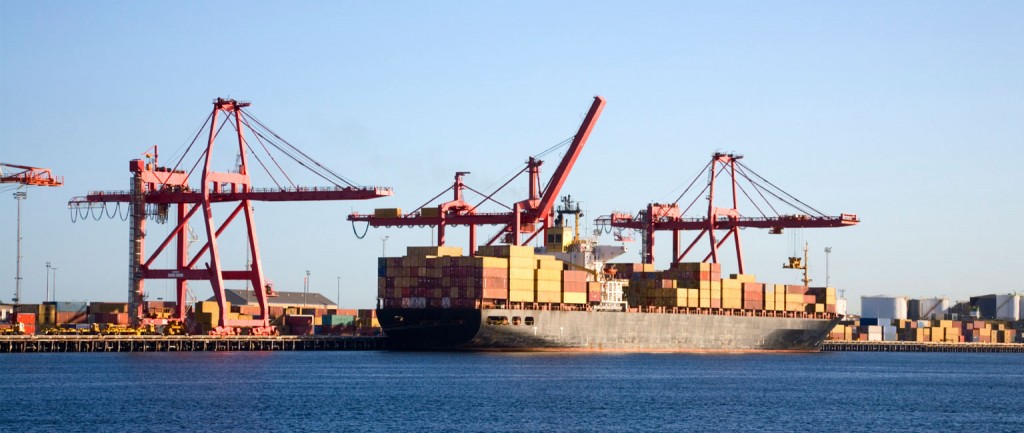Port of Melbourne: the price of success

As the nation’s largest container shipping terminal, the Port of Melbourne has created precincts to the north and west housing massive distribution centres in sprawling industrial hubs that have been the envy of landlords in other states.
However, new research shows a yawning gap of up to 35% between what Melbourne industrial landlords can expect to charge compared with their interstate peers.
Savills Australia data to December 2013 shows that at the top end, Perth industrial landlords can command an average $115 a square metre.
At the other end, Melbourne northern and western suburbs leases are scraping in a measly $74 a square metre.
Uncertainty over the port’s long-term future is also being cast by plans to develop an alternative container shipping terminal 72km south-east of Melbourne at Port of Hastings, in Western Port.
Although still at the scoping stage, draft plans are being called for to map the construction of a new port in the next 10 to 15 years.
Aggressive government forecasting says that, in the next 40 years, the amount of freight being handled in Melbourne will triple.
If the Port of Hastings project fails, Melbourne will need to step up with more bulk storage capacity. It is feasible that, if planning policy is right, at some point the demand/supply ratio could create opportunities for landlords to recoup income.
In the meantime, the intensity of the freight logistics activity to the west of Melbourne has attracted so much leasing competition that landlords have seen their margins squeezed.
Cheaper rents a competitive edge?
The Savills’ research puts a different spin on it, claiming that cheaper rents give Melbourne a competitive edge over other capital cities when it comes to attracting major tenants.
To be fair, sites housing massive distribution centres are bigger than average warehouses in other states, allowing Melbourne landlords to claw back rent through sheer scale.
The flipside is that landlords in other states don’t have to work their floor space nearly as hard for income.
The Savills report shows that following top-of-ladder Perth rents, Brisbane southside landlords can command $113 a square metre. Average industrial leases in Sydney’s western suburbs sit in the middle on a tidy $110 and Adelaide’s inner-west warehousers collect $108 a square metre, a decent $34 more than in Melbourne.
Savills’ industrial head Greg Jensz said big national and international distributors were making huge savings in Melbourne.
“When you’re talking an average 30,000 sqm-plus national distribution centre, then rental savings alone can be in the order of $1 million a year,’’ he said.
“Each year, we receive an average 250,000 to 350,000 sqm of enquiry from large companies seeking major distribution facilities and most are surprised at the rental differential and the obvious competitive advantage Melbourne has.
“Rents are a key factor but Melbourne’s extensive freeway system which allows almost uninterrupted access to interstate routes from anywhere within the metropolitan area, are also important,’’ Mr Jensz said.
He said congested roads meant longer delivery times, greater fuel costs, and delays in delivery to clients.
“This adds up to general business operational inefficiencies that can seriously impact the bottom line.’’
Tunnel impact on Port of Melbourne
It is no surprise, then, that the planned $6 billion East-West tunnel has supporters among those livelihood depends on avoiding Melbourne’s peak-hour gridlocks.
“Forty per cent of Australia’s container shipping travels through the Port of Melbourne and that is because the bulk of Australia’s national distribution centres are located here. That is no accident,’’ Mr Jensz said.
Since 2008, container trade in Melbourne has grown more than 6% a year. That’s a great deal faster than the growth of national container handling, which increased just more than 7% in nearly 20 years.
Economic forecasters warn that Melbourne’s port handling ability eventually will reach saturation point, and that governments must ensure the Port of Hastings project is not a mere pipe dream.







